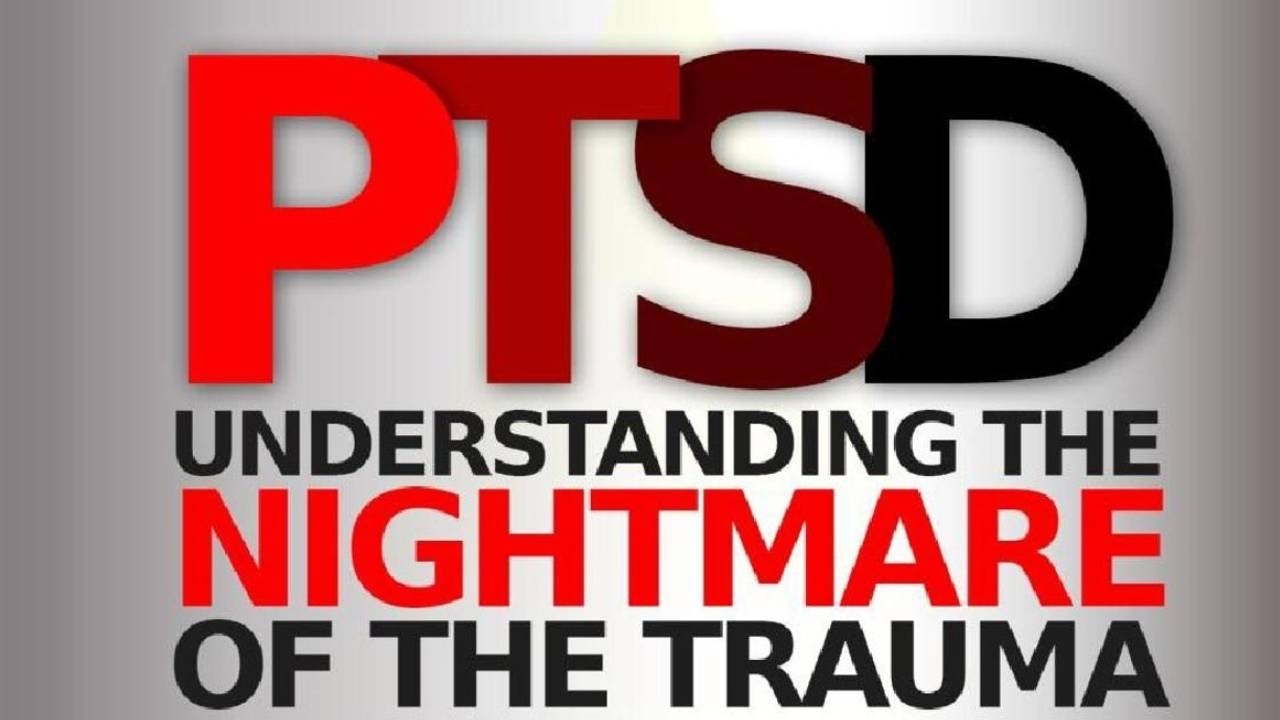
PTSD: A History and Tips For Managing Symptom
Jun 21, 2022Post-traumatic stress disorder (PTSD) refers to specific anxiety that can develop after someone experiences or witnesses a traumatic event—such as military combat, natural disasters, assault, or any event that someone feels like their life is being threatened. Approximately 6% of Americans experience symptoms of PTSD at some point in their lives, and for veterans and individuals who have experienced trauma, this number rises to 10-20%. Unfortunately, many people do not know how to properly manage their symptoms, which can lead to substance abuse problems, relationship breakdowns, unemployment, and other negative consequences.
Causes & Symptoms of PTSD
The causes of post-traumatic stress disorder vary for each person and can develop when someone experiences an event where they fear serious physical harm or death. We understand that there could be a genetic link because it is a condition that is more likely among people who have family members with behavioral or emotional disorders. PTSD has been referenced for centuries, and has been known previously as “battle fatigue” or “shell shock”. But those terms were dropped when people realized that PTSD could develop in anyone—not just members of the armed forces. People who are struggling with PTSD may not seek an official diagnosis or treatment because of two reasons: a stigma that surrounds the idea that PTSD is a sign of weakness and the unfortunate reality that mental health support is inaccessible for many people. The Mayo Clinic categories the symptoms of PTSD into four types:
- Intrusive memories: This can include dreams or nightmares, “reliving” the traumatic event as if it were really happening again (known as “flashbacks”), and having a severely distressed emotional or physical reaction when something triggers a memory or flashback of the traumatic event.
- Avoidance: This includes vehemently avoiding certain situations or places that spark a memory or flashback of the traumatic event. This can develop into an entirely separate mental health disorder known as agoraphobia.
- Negative changes in mood: Often, people who struggle with PTSD also struggle with depression. This includes negative internal dialogue, a negative perception of oneself, and/or a negative outlook on the future. This makes it difficult to maintain relationships and can even affect your ability to maintain work. People in this category can easily experience feelings of disconnection from family and friends, a lack of interest in activities they once enjoyed, hopelessness for the future, and feeling “emotionally numb”.
- Changes in physical and/or emotional reactions: This includes being easily startled or frightened, always being “on guard” for perceived dangers, insomnia, problems with concentration, irritability, anger, aggressive behaviors, and sometimes self-destructive behaviors like intentionally being over-indulgent of substances or having a disregard for potentially dangerous situations.
Getting Help For PTSD
Because there is such a wide range of how someone might experience PTSD, there is no one-size-fits-all solution for managing it. In fact, because every person has a unique makeup of symptoms, one treatment may be beneficial for some but ineffective for others. For example, cognitive behavioral therapy is generally considered a good starting point, but it doesn’t work for everyone. There are several supplementary efforts that have a good reputation for being effective in treating mild cases, such as medications, meditation, and yoga. The important thing is finding what works best for you—with support from friends and family along with your medical and mental health providers. And with additional support with alternative techniques like Tre™, there are many ways you can conquer your symptoms and break free of the grip that PTSD has on your life.
Learning how to manage your unique symptoms will help you take back control of your life and find renewed hope and happiness for the future. Read more about Body-Based Support With Tre™ and be sure to sign up for our newsletter for more resources on moving forward with your young adult.

